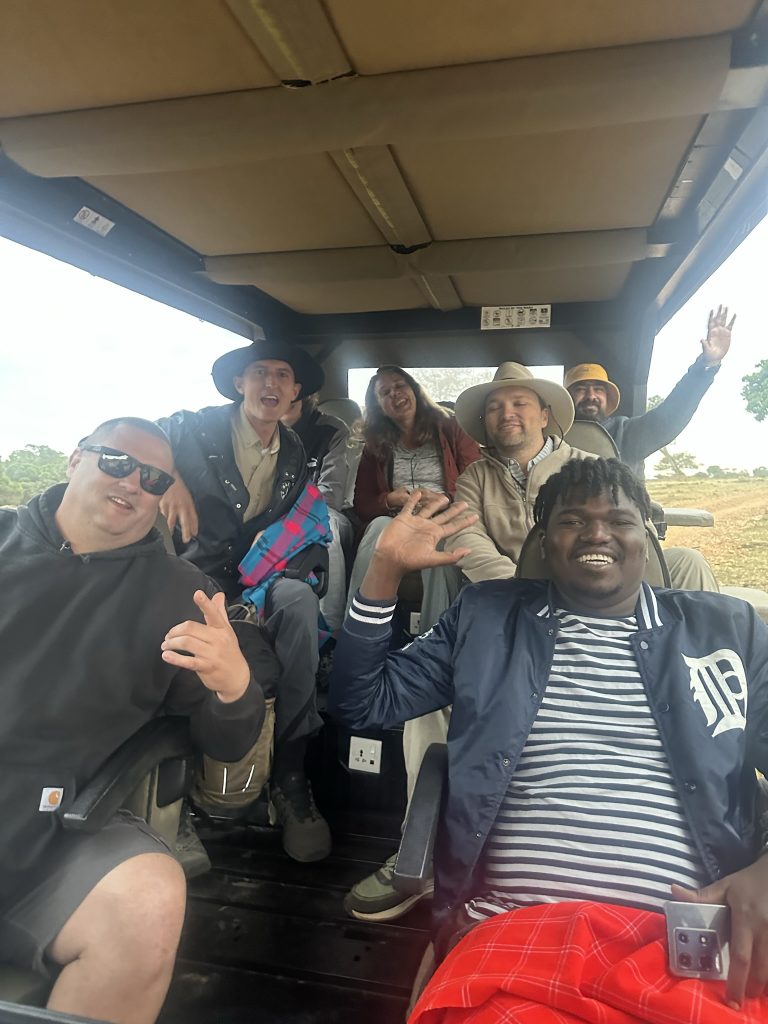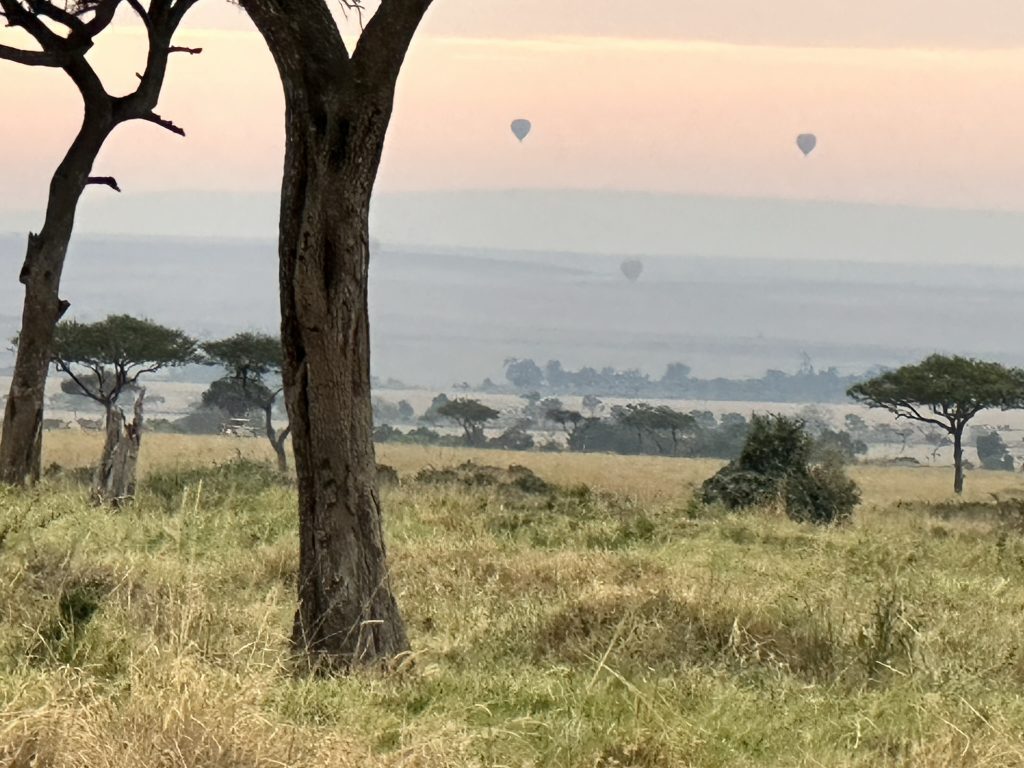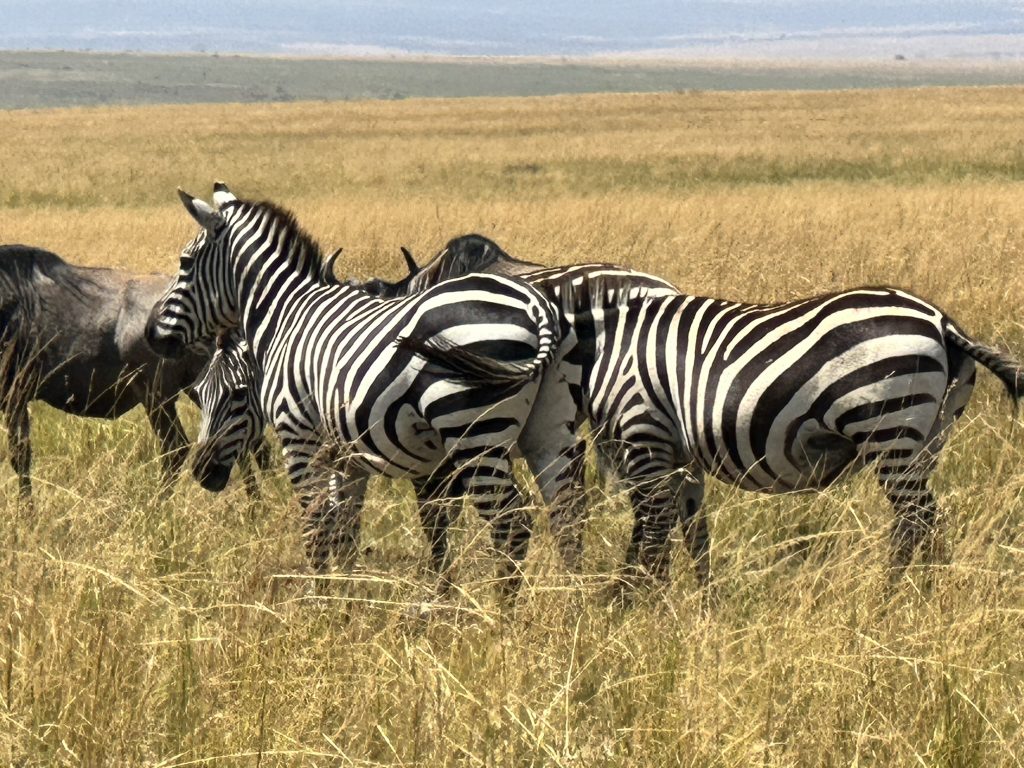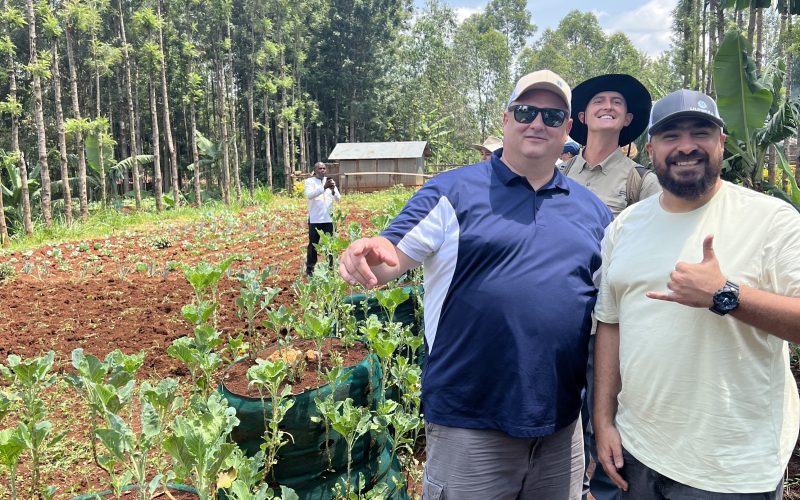During August 2023, Derek Greer, Ulterra’s Vice President of IT, participated in an impact mission with WHOlives. WHOlives is a nonprofit organization that partners with local villages to help them gain access to water through community-funded wells. During his journey, he visited multiple villages and schools where he witnessed the power of water first-hand. As he tells the story of his experience, he recognizes how gaining access to clean water solves major issues faced in the developing world. When these villages gain access to water, children thrive; crops flourish, and communities are empowered.
Travel Day
I departed Dallas/Fort Worth on August 5th and arrived in Nairobi, Kenya on August 6th. On this trip, Hany Hesham and I represented Ulterra and traveled with fifteen people from other organizations. On the first night, I met Hany and the rest of the team at a nearby airport hotel where we made quick introductions. Instantly, I realized the group we were traveling with was extremely diverse, traveling from different places around the world. This included Nicci and John Renouard, WHOlives founder; Jen and Michael Anderson, WHOlives Director of Operations; Kathy Sanders, WHOlives Board of Director; and various others. Some of the people never traveled outside of the US.
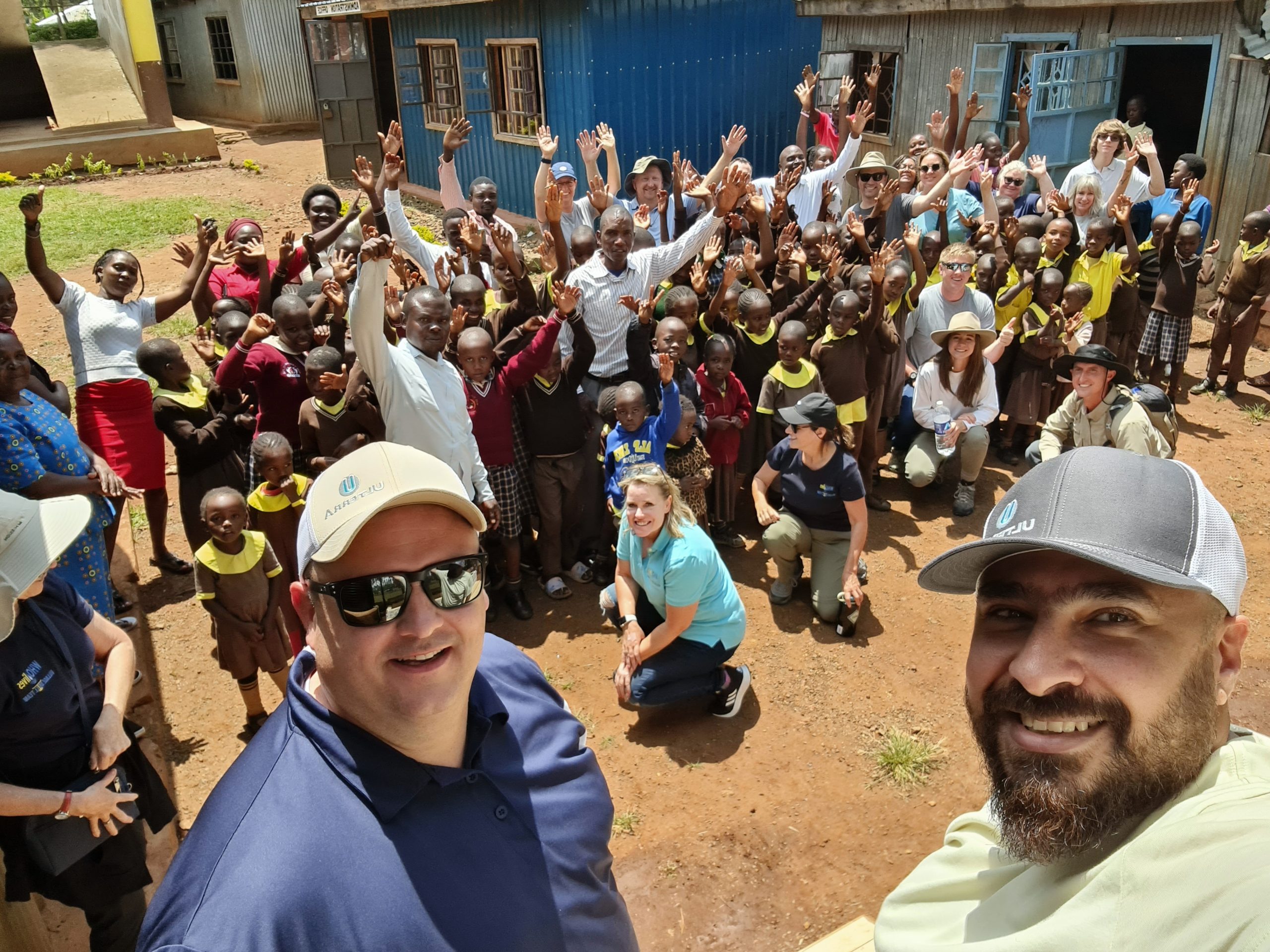
Day 1
On the first morning, we boarded a smaller flight from Nairobi, Kenya to Kisumu, Kenya; traveling an hour to reach our primary destination. After landing in Kisumu, local, contracted drivers drove us to our first stop at the Village To Global Achievers School in the Luanda area. In 2023, this village funded and drilled their well and successfully reached water. When we arrived, approximately 65 students greeted us with smiles, singing and dancing as we entered their community. Shortly after, the village hosted a well dedication ceremony to celebrate their new source of water that opened up many opportunities for their small village. Since their well was drilled, they negotiated terms with surrounding communities to sell clean drinking water and used this money to pay off the loan used to drill the well. From there, they began their next venture: farming a 1-acre plot. They were cultivating enough food for the kids in the village and hired locals to work the farm, thus generating additional cash in the village and surrounding areas. In addition to farming, they also built a new building with a plan to sew uniforms for schools in the area as another source of revenue for the village. The water in this village helped in so many ways — healthier children, better education, thriving crops, and more. After the tour and well dedication, we spent the afternoon playing soccer and volleyball with the children and teachers. At the end of the day, we headed to the Ciala Resort in Kisumu.
Day 2
On the second day, we headed out to the second village in Ndere. In this village, the school had seven teachers and approximately five hundred students. When we arrived, the Village Drill was onsite and the drilling crew was getting ready to drill with an Ulterra PDC bit. After watching them install the bit, we spent time assisting with the drill. The local priest stopped by to bless the well as it was being drilled. During the afternoon, we played soccer and volleyball with the kids using the equipment we brought with us. In addition to playing sports, the kids enjoyed candy. The kids were on the last day of the semester and were anxious and excited to go home for the rainy season break. We also helped in planting crop towers at this location. At the end of the day, we loaded up and headed back to Ciala Resort for dinner and sleep.
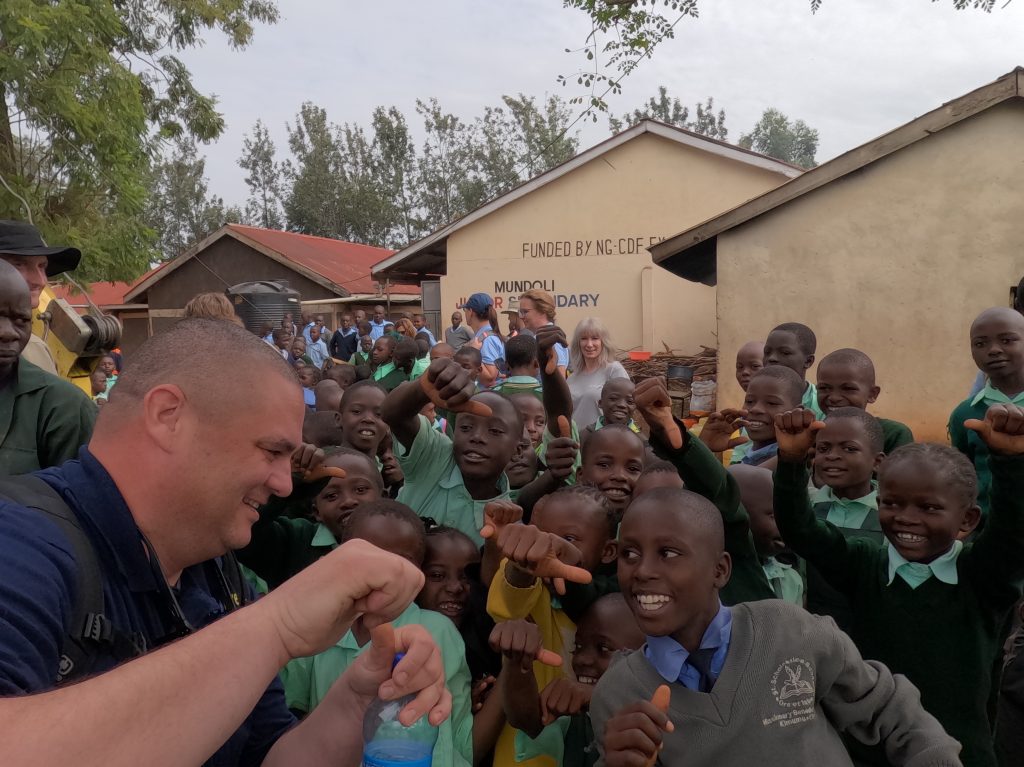
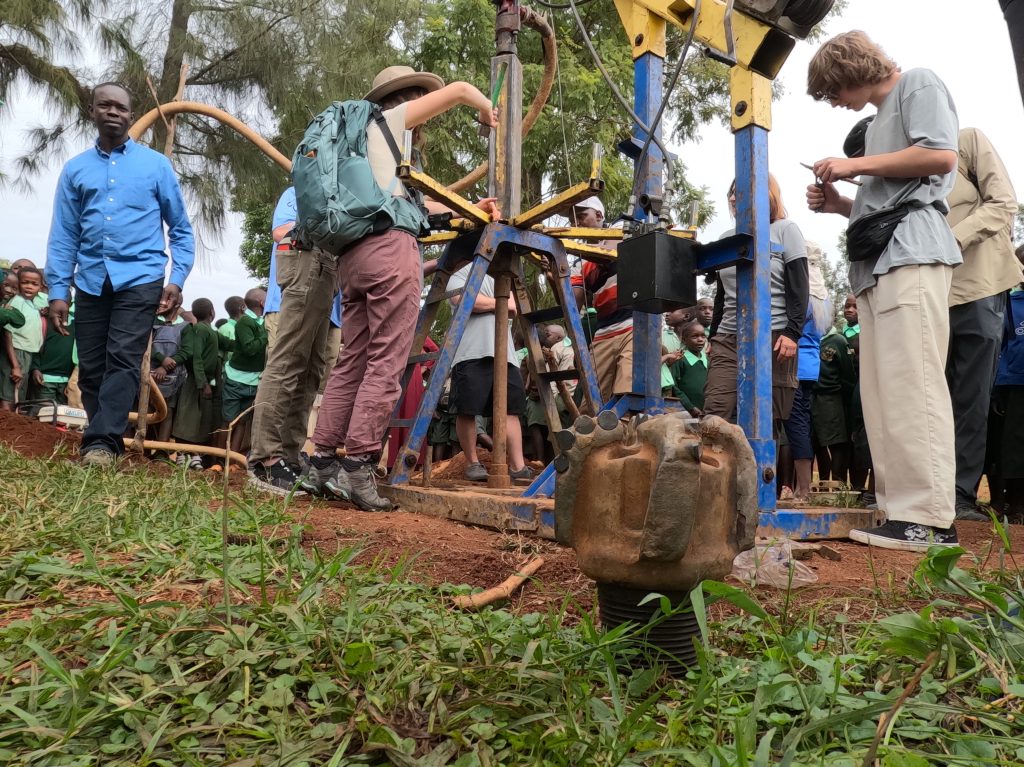
Day 3
On the next day, we headed out to a different village in Ndere. This village was much smaller than the school from the previous day. The Village Drill was already onsite drilling when we arrived. The local villagers had set up a tent with chairs where we all gathered and the local villagers danced and sang for us. Many of the young children were very curious about us, but opened up when we brought out toys and candy. We did the “walk to water,” where we all carried 5 gallon buckets for a half mile walk to the river. After we filled the buckets, we carried them back to the village. This gave a good sense of how these villagers get water. They make two trips a day, trekking up a pretty large hill to a polluter water source. We witnessed a guy washing his motorcycle in the same spot where the village gathers their drinking water. After the trek, we purchased a chicken from the village and the villagers cooked the chicken for their dinner. Oddly enough, there was an avocado tree growing in this village.
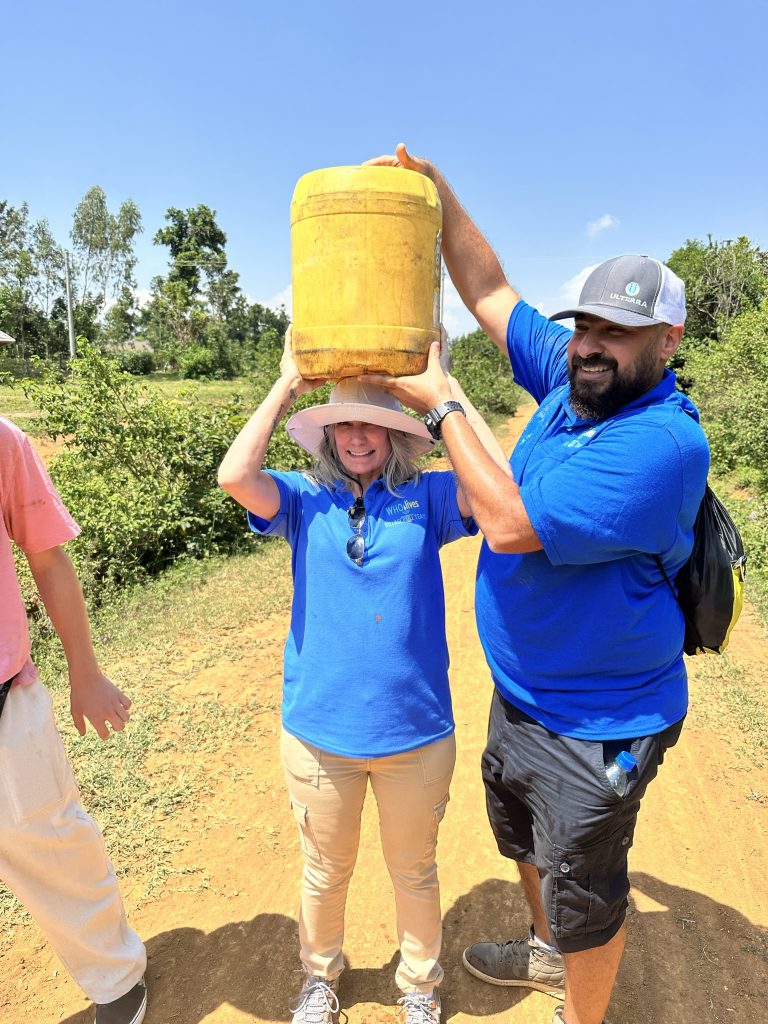
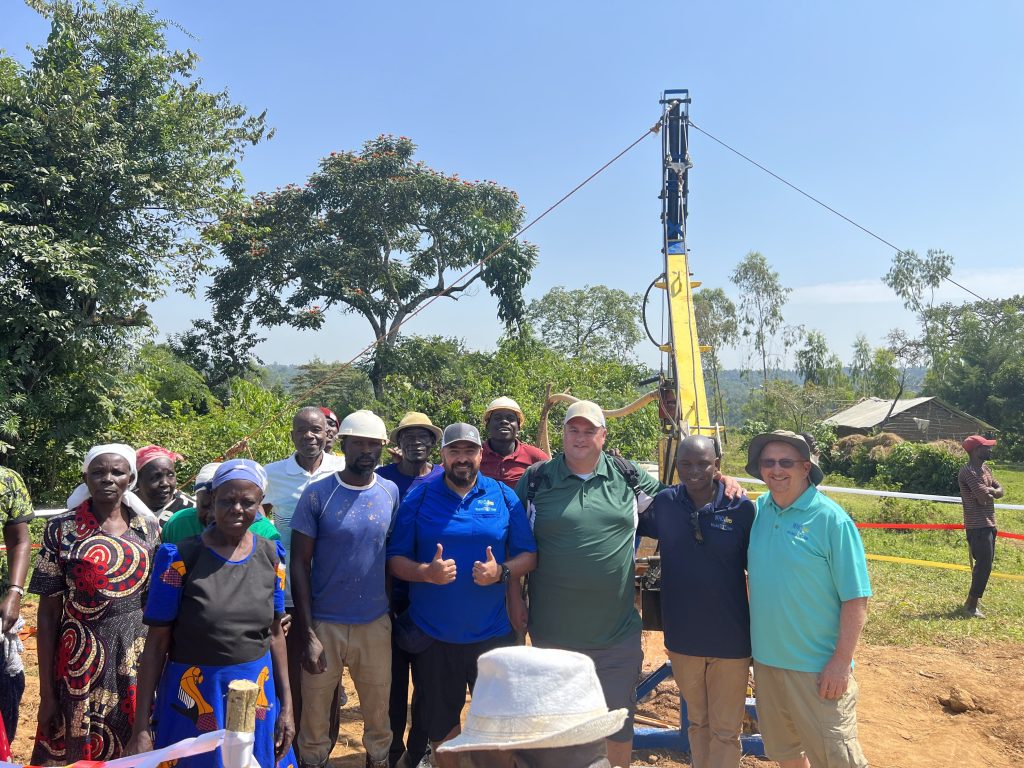
Day 4
After breakfast, we headed to the town of Kisumu West. We spent the morning on a boat tour around the northeast side of Lake Victoria. The guide gave us a tour of a bird sanctuary and we even spotted a hippopotamus in the wild. After the boat ride, we went to a local restaurant called the Fish House where they served fresh tilapia on the patio overlooking the lake. The afternoon was spent at a local market where we shopped for local artwork and gifts to take home with us. This was a shorter day and we ended up back at Ciala Resort for dinner and an evening card game.
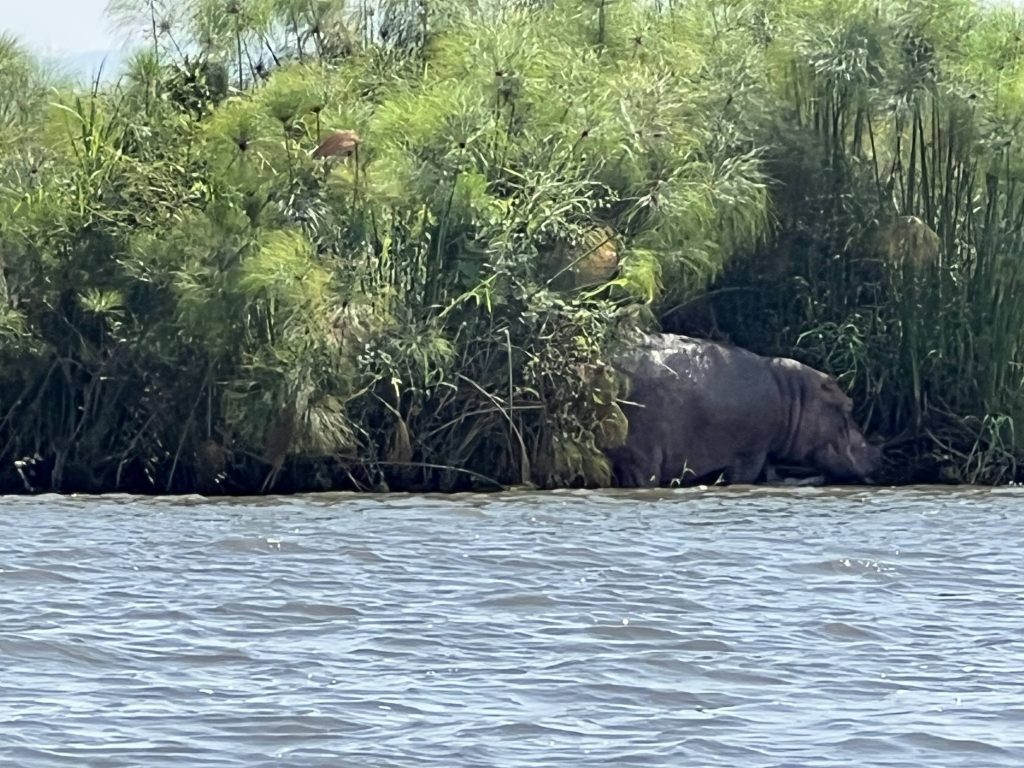
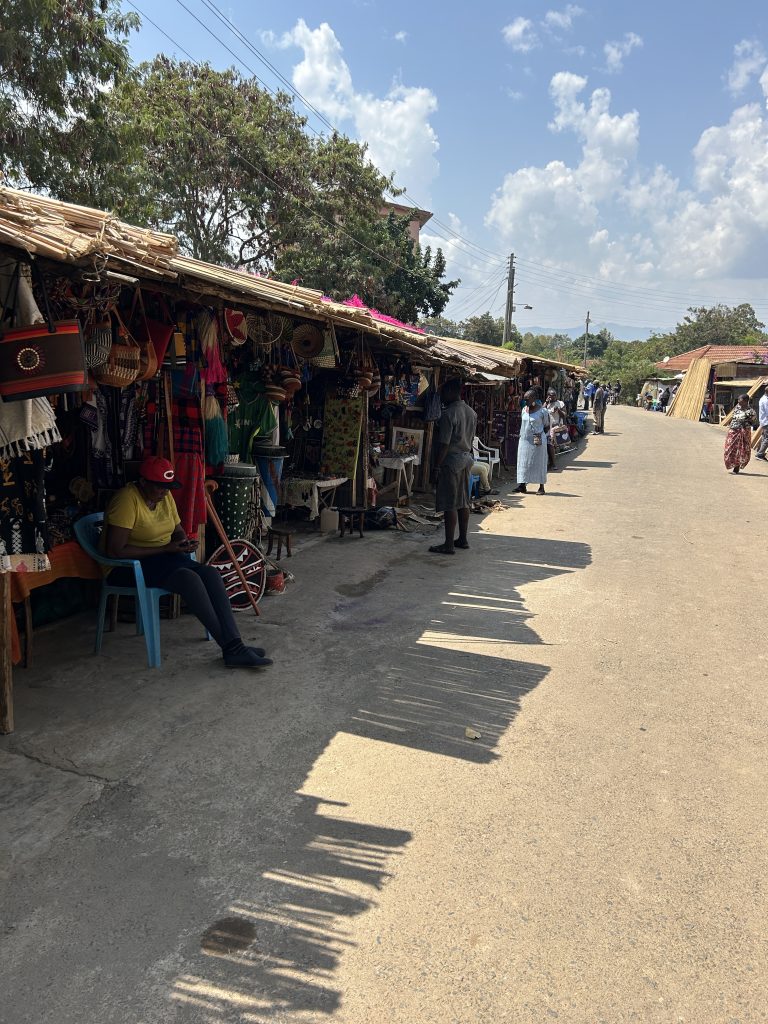
Day 5
We left Ciala Resort and headed to the village of Nyakach, where we went to the Field of Dreams school. This school already had their well drilled previously and the school was thriving. We played games in the morning, and the school children put on a small performance for us. We left the school and went to the local county minister’s house for lunch. There was a group of singers and dancers waiting for us, and they performed for almost an hour. We had lunch and then spent the afternoon driving to Migori. We stayed one night in Migori and had a team dinner and met some of the local employees of WHOlives.
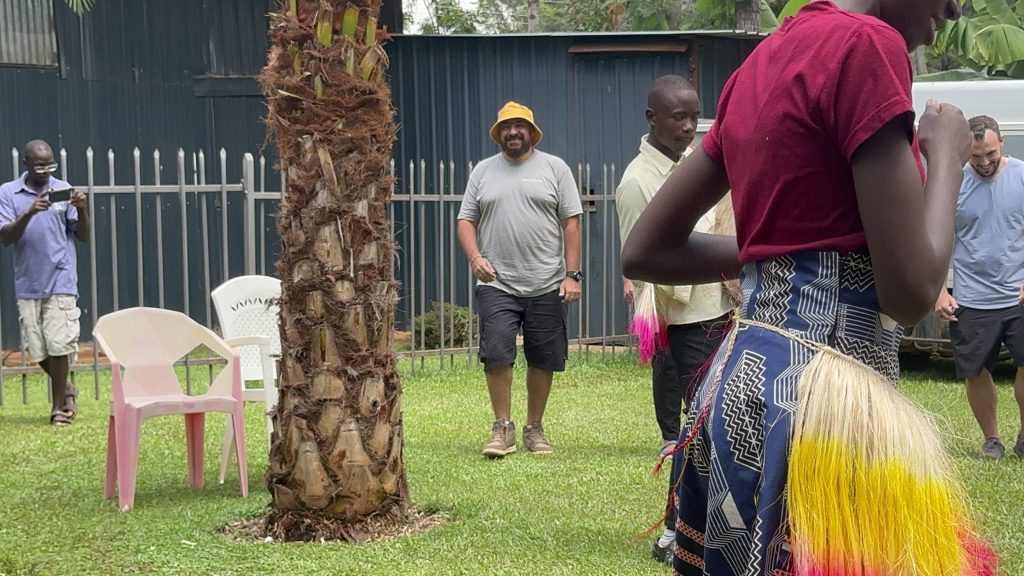
Day 6
We left the hotel in Migori and went to Kuri County. Our fist stop was a court house, where we listened to the county judge and chief of police discuss the harmful affects of a practice called FGM. The eradication of FGM is one of the other projects that WHOlives is championing. While at this courthouse, we assisted in cleaning out a building and painting the outside of the building. This building would serve as a safe house for young girls who are trying to escape the practice of FGM. That afternoon, we went to the Goceso Women’s Rescue Center where we heard stories from young women who escaped their homes to avoid the FGM practice. They explained the operations of the rescue center and their ambitious goals for the future, which included doubling in size over the next year. At the conclusion of this visit, we loaded up into the vans and headed to Mara West. We arrived at sunset and stayed in tents that overlooked the Serengeti. This place was amazing. This was a resort that is owned by an expat from the United States. We met the owner and had dinner in the restaurant at the resort before heading off to bed.
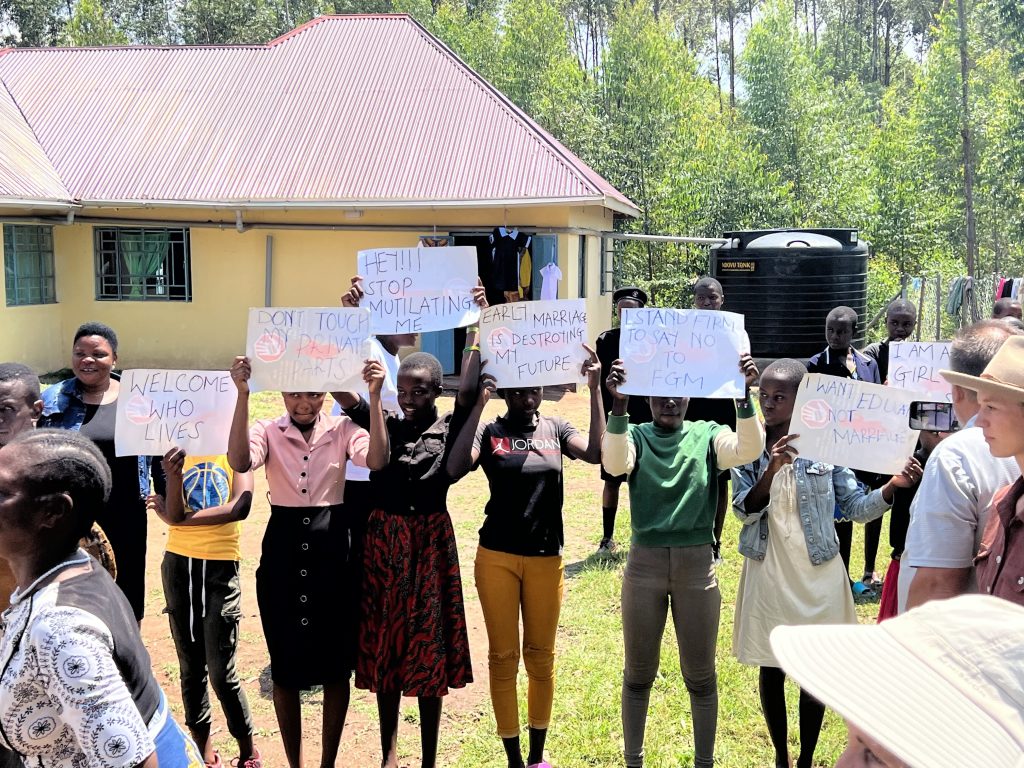
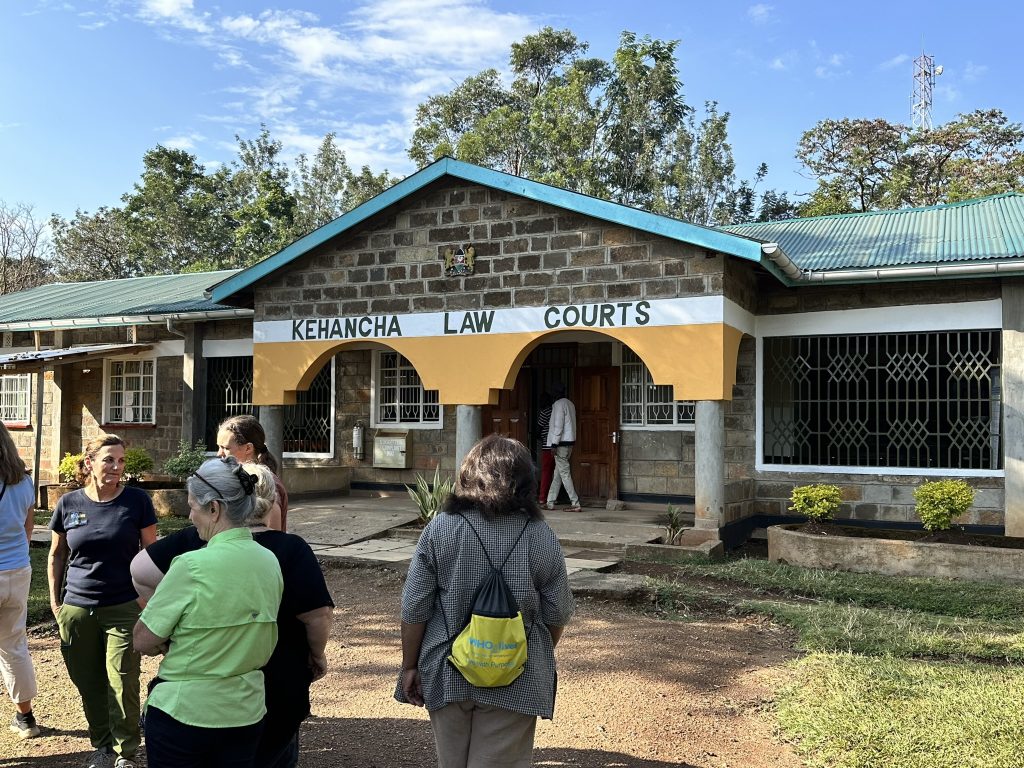
Day 7
We left at 5:00 AM for a day in Mara West. We rode in trucks that had mounted seats in the back and drove down the hill into the Mara game preserve. This was in August, so it was during the rainy season and the Great Migration. We saw lions, giraffes, zebras, a variety of deer, ostriches, crocodiles, hippopotamus, rhinoceros, cheetahs, and more. We spent the entire day at Mara West and probably saw several thousand animals. There was never a dull moment. That evening, we had a closing dinner where we all shared are experiences and what we would take away from the trip.
